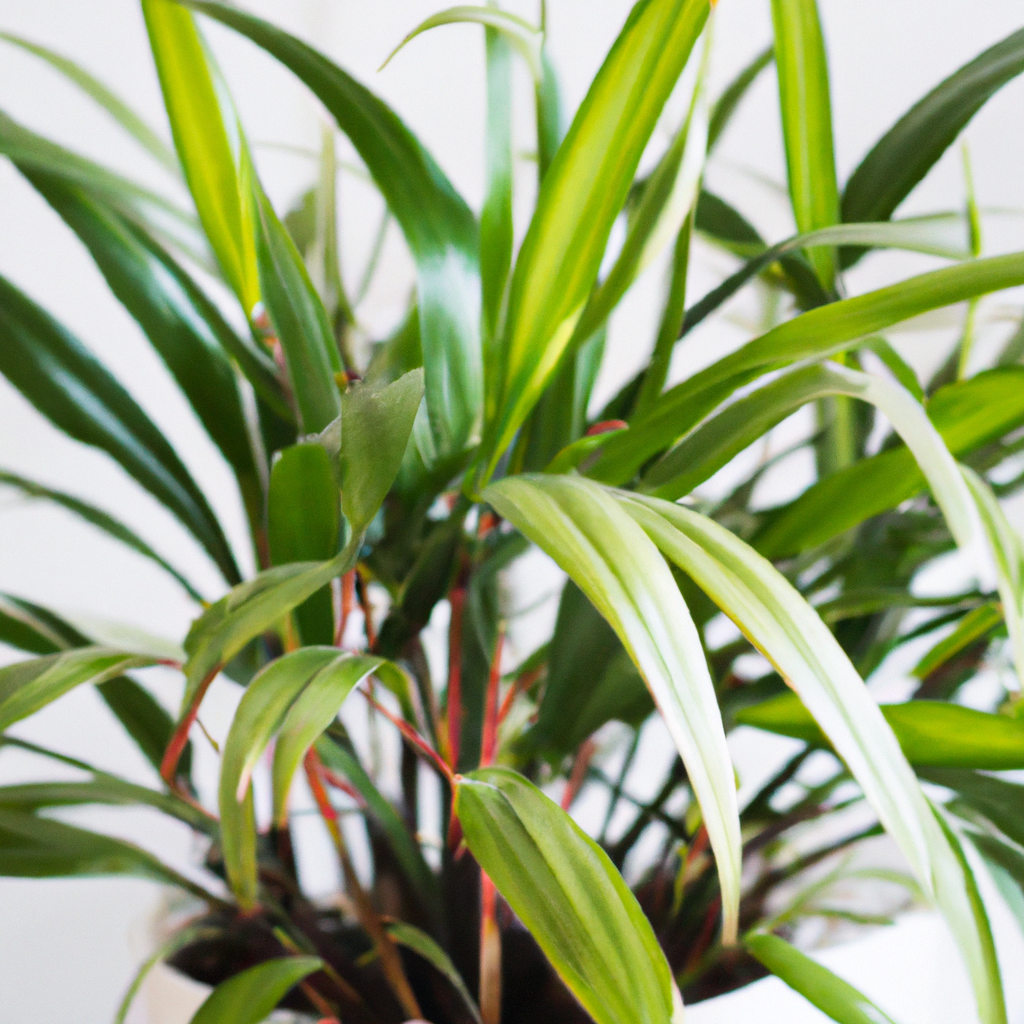Caring for a Ponytail Palm Houseplant
As the creator of a beautiful and thriving indoor garden, you are likely no stranger to the passion and care that goes into proper plant maintenance. But when it comes to your Ponytail Palm houseplant, there are several extra precautions you should consider to ensure it grows to its full potential.
This unique houseplant is characterized by its long, wispy fronds and thick, bulbous stem, making it a standout in any indoor living space. But its delicate features don’t come without special requirements — and knowing how to properly care for it is essential for a healthy and long-lasting houseplant. From its sun preferences to its soil needs, here are a few key things to keep in mind when caring for a Ponytail Palm.
Ponytail Palm Sun Requirements
When caring for any houseplant, the amount of sunlight it needs is an important factor to consider. While the Ponytail Palm does best in indirect sunlight, it is important to note that too much sun can cause its fronds to become sunburnt and faded. Additionally, too much direct sunlight will cause the plant’s leaves to dry out, leaving it susceptible to insect infestations and root rot.
If you notice your Ponytail Palm’s leaves becoming dry or fading, it is likely due to an increase in direct sunlight. To ensure the plant retains its vibrant color and continues to flourish, move it to an area where it can get plenty of indirect sun during the day.
Caring for Your Ponytail Palm: Soil Needs
The soil that your Ponytail Palm is planted in is a critical part of its health and wellbeing, as the type of soil and moisture levels affect the plant’s ability to absorb nutrients and water. Much like other plants in its family, the Ponytail Palm prefers to have well-draining soil that is slightly acidic and nutrient-dense. By providing your plant with this kind of soil, you will be able to create an ideal environment for its root system, allowing it to absorb the necessary nutrients and water.
In terms of watering requirements, the Ponytail Palm prefers its soil to be slightly moist at all times. Overwatering can lead to root rot, while underwatering can cause the leaves to dry out, leaving the plant susceptible to disease. To ensure the soil stays at the right moisture levels, check the dirt regularly and ensure your plant doesn’t dry out or become excessively wet.
Fertilizing Your Ponytail Palm
In addition to providing your Ponytail Palm with proper soil and watering needs, it is also important to remember to fertilize it periodically. Because this houseplant prefers to have nutrient-rich soil, fertilizing every few months will help replenish any nutrients lost through waterings or exposure to sunlight. When fertilizing, look for products that are specifically designed for use with houseplants, as these have been formulated with all of the minerals that your Ponytail Palm needs for optimal growth and health.
By following the above tips for caring for a Ponytail Palm houseplant, you can help ensure that your plant reaches its fullest potential. With proper sun exposure, soil moisture levels, and fertilization, your Ponytail Palm will flourish in even the smallest indoor living space — bringing beauty and life into your home. And with a little bit of love and care, your little piece of greenery will continue to thrive for years to come.
Learn More About Caring for a Ponytail Palm
For more detailed information on caring for a Ponytail Palm houseplant, visit How to Care for a Parlor Palm. From watering needs to fertilizing requirements and beyond, you’ll find all of the information needed to create a healthy and beautiful indoor sanctuary — filled with bright green life.
